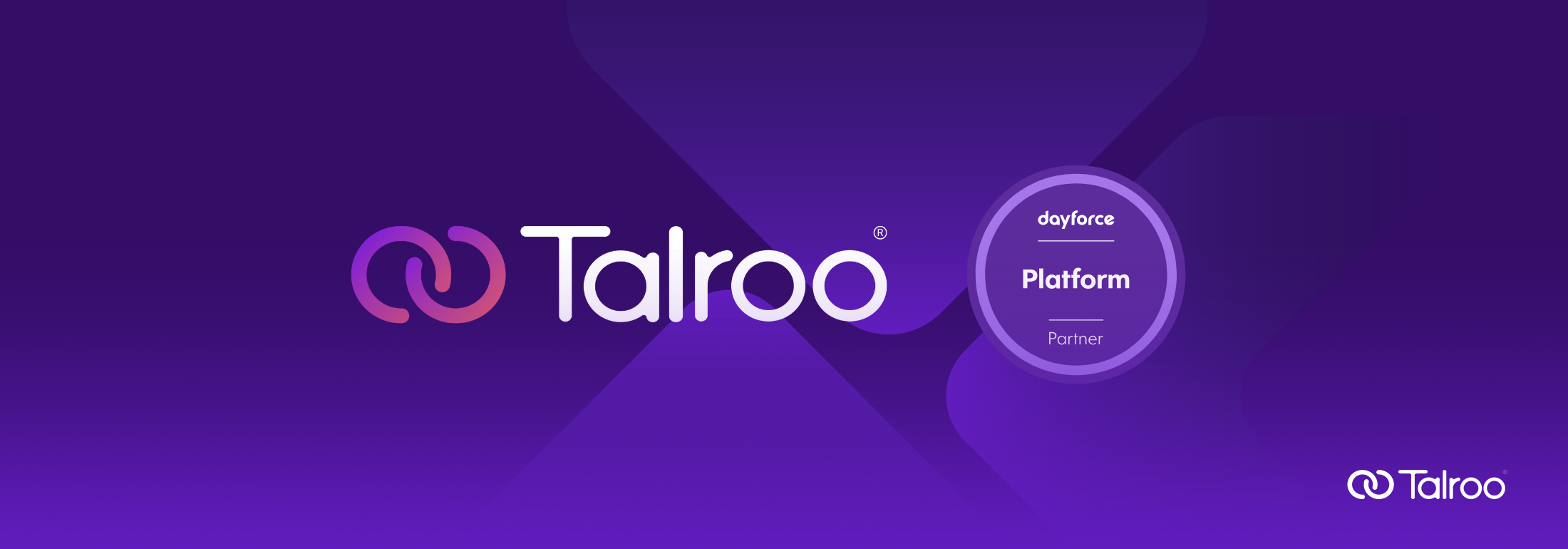
The right recruitment technology can make all the difference in today’s competitive talent market. The challenges are unique for organizations aiming to hire frontline and essential workers, and the stakes are high. With the myriad of recruitment tools available, how can HR professionals and recruiters navigate this landscape effectively? Let’s dive into the key questions surrounding the optimization of recruitment tech stacks for these critical roles.
How do you recommend organizations adapt their recruitment tech stack when targeting different industries or sectors for frontline and essential worker roles?
Adapting a recruitment tech stack to different industries requires a keen understanding of each sector’s specific needs and challenges. For frontline and essential worker roles, it’s crucial to have tools to source candidates quickly, assess their skills accurately, and onboard them efficiently. Integrating industry-specific platforms, leveraging AI-driven sourcing tools, and customizing the Applicant Tracking System (ATS) to cater to the nuances of each industry can be beneficial.
Are there specific metrics or KPIs that organizations should focus on when assessing the effectiveness of their tech stack for frontline and essential worker recruitment?
Absolutely! Key Performance Indicators (KPIs) like time-to-fill, quality of hire, candidate engagement rate, and retention rate are critical. For frontline and essential worker roles, monitoring the efficiency of onboarding processes, the effectiveness of skill assessments, and the overall candidate experience is vital.
Could you discuss any potential privacy concerns related to the data collected and used within a recruitment tech stack, and how can these concerns be addressed?
Privacy is paramount. With the collection of personal data, there’s always a risk of breaches or misuse. Organizations should ensure that their tech stack complies with data protection regulations, such as GDPR. Regular audits, encrypted data storage, and clear communication to candidates about how their data will be used can help address these concerns.
How do you recommend HR professionals balance the need for automation and technology with the personal touch required when recruiting frontline and essential workers?
While automation streamlines processes, the human touch remains irreplaceable. HR professionals should leverage technology for repetitive tasks like screening and scheduling, but personal interactions should be prioritized for interviews, feedback, and onboarding. A blended approach ensures efficiency without compromising on personal connection.
Given the diversity of skills and backgrounds among frontline and essential workers, how can organizations ensure that their assessment tools accurately measure suitability for various roles?
Diversity is a strength. Assessment tools should be adaptable and inclusive. By integrating AI-driven assessments, conducting regular tool validations, and ensuring that the assessment criteria align with the specific requirements of each role, organizations can ensure accuracy in measuring candidate suitability.
How can a tech stack be agile enough to meet the evolving demands of frontline and essential worker hiring in rapidly changing environments, such as during a pandemic or economic shifts?
Agility is key. A modular tech stack that allows for easy integration of new tools and cloud-based systems that can be accessed remotely ensures adaptability. Training HR professionals on the latest tools and trends can help organizations stay ahead.
What advice do the panelists have for organizations that might be hesitant to invest in a comprehensive tech stack for frontline and essential worker recruitment due to budget constraints?
Investment in the right tech stack yields long-term returns. Organizations can start small, prioritizing essential tools like an ATS and a candidate sourcing platform. As the benefits become evident, they can gradually expand their tech stack. It’s about quality, not quantity.
What challenges arise when implementing a recruitment tech stack for organizations with a global presence, and how can these challenges be mitigated?
Global operations bring localization challenges. Different regions have varying regulations, cultural nuances, and market dynamics. A centralized system with localization capabilities and region-specific modules can help mitigate these challenges. Collaboration between global and local HR teams is also crucial.
The right recruitment tech stack is a game-changer, especially when hiring frontline and essential workers. By addressing the unique challenges of this sector and leveraging the power of technology, organizations can streamline their hiring processes, ensuring they attract and retain the best talent. Interested in diving deeper into this topic? Don’t miss out on our on-demand webinar, “Recruit Smarter, Not Harder.” Watch now and empower your recruitment strategy!




